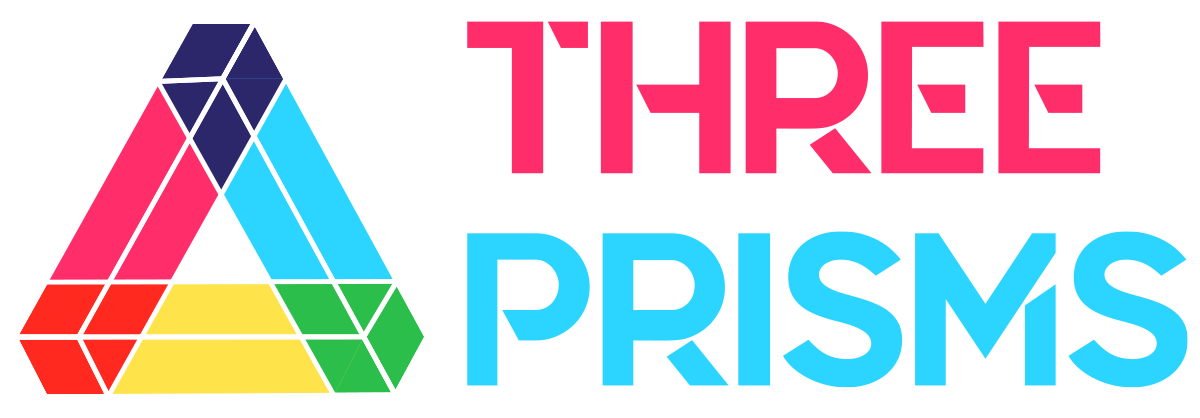A New Frontier: Beta Parenting with AI
This summer, for the first time, artificial intelligence came up at dinner time. "Mom, guess what? A kid in my class used ChatGPT to write his whole report on whales," my 10-year-old shared over dinner. "I told him not to do that, but he didn't listen."
"Well, that's cheating, and did he get caught?," I asked. And then I quickly added, "ChatGPT will write it in a way that isn't how a 10-year old would write. It will be totally obvious."
She nodded, satisfied that justice had been served in her classroom and our kitchen court. But as I cleaned up from dinner, something nagged at me. Earlier that same day, I'd used AI repeatedly at work to draft documents, brainstorm project ideas, and better understand technical concepts. Using AI made me more efficient and effective in my job.
So what message was I really sending my daughter?
The Uncomfortable Truth
Here's what I realized, I told her that using AI was "cheating" even though I was using it professionally every single day. I positioned AI as inherently bad, when what I really meant was that using it thoughtlessly is problematic. But she doesn't yet have the tools to understand that distinction.
This moment crystallized something I'd been wrestling with as both a parent and someone who works in technology and education. We're raising kids for a world where AI collaboration will be as universal as email or smartphones are today. Recent studies suggest up to 40% of jobs will be significantly transformed by AI in the next decade. Our kids won't just encounter AI occasionally—they'll need to work alongside it and understand its capabilities and limitations. It’s this realization—seeing the gap between my kids’ world and mine—that pushed me to start writing about AI and parenting, and to share what I’m learning with other families.
Learning from Past Mistakes
When smartphones and social media arrived, many parents assumed others would step in. But schools struggled to keep pace, government policies lagged years behind, and tech companies—focused on revenue—were never going to put kids’ well-being first. Parents were left to figure things out on their own, leaning on each other and turning to books and articles for guidance. Too often, those resources leaned on guilt or fear, framing strict limitation as the only “good” choice. Families did their best, but kids still weren’t equipped with the skills to handle technology’s real-world complexities—and we’re still searching for better approaches today.
And now, as AI enters our homes and classrooms, we risk repeating the same mistake—waiting for institutions to catch up instead of stepping in as parents to guide our kids through it.
What's Really at Stake
The stakes are high, but they’re not out of reach. I spent years learning to think critically and find my own voice—skills that are more valuable than ever in an AI-driven world. Even as I write this post with AI’s help, I catch myself asking: Are these my ideas? Is this my voice? That kind of internal dialogue is exactly what our kids can develop—if we start guiding them now.
We want them to stay curious, think critically, create boldly, and communicate in their authentic voice. We want them to value effort, wrestle with challenges, and build real competence. These aren’t outdated values; they’re the very skills that will matter most in a future where AI is everywhere—and the good news is, families who engage early can absolutely help kids build them.
So how do we do this—teach our kids to use powerful tools without losing themselves, help them build that inner voice that asks, “Is this really what I think?” and use AI to open doors for creativity and possibility, all while we’re still figuring it out ourselves?
Starting with Honesty
I don’t have all the answers, but I believe the conversation starts with honesty—and with curiosity. AI isn’t inherently good or bad; it’s a tool that can be used thoughtfully or carelessly. The real opportunity is to approach it with a spirit of exploration, experimenting alongside our kids and asking questions together. Instead of pretending we can shield them from this technology, we can model what it looks like to learn with open eyes and a critical mind.
Over the coming months, I’ll share what I’m discovering as I navigate this with my own kids—where experiments go right, where they go wrong, and what we learn in the process. My hope is that by treating AI as a family learning journey, we can build AI literacy without losing our humanity, help our kids use these tools as thinking partners rather than thinking replacements, and prepare them for a future that is both uncertain and exciting.
A Transparent Approach
Fair warning: I'm using AI to help me write these posts. At the end of every blog post, I'll note how exactly I used AI, for example, my AI prompts, my process, what works and what doesn't. Because if we're going to guide our kids through this AI landscape, we need to understand it ourselves.
Post-Script: AI Usage
I used Claude Sonnet 4 and ChatGPT to help me shape this post. I started by prompting with the main points of the blog, an early draft, and even my LinkedIn profile so the tools could capture the right context. Then I read the draft out loud—tweaking anything that didn’t sound like me—before asking for a polished version to pull it all together.
